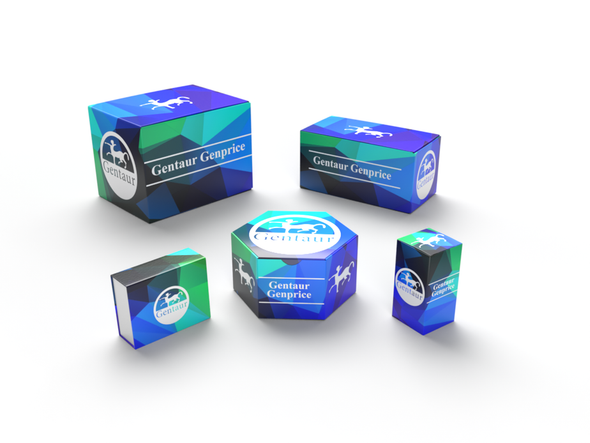740
Rat Nuclear pore complex protein Nup153 (NUP153) ELISA Kit | AE60270RA
- SKU:
- 740-AE60270RA
- Availability:
- Usually ships in 5 working days
Description
Rat Nuclear pore complex protein Nup153 (NUP153) ELISA Kit | AE60270RA | Gentaur UK, US & Europe Distribution
Species Reactivity: Rat (Rattus norvegicus)
Abbreviation: NUP153
Alternative Name: HNUP153; N153; nuclear pore complex protein hnup153
Application: ELISA
Range: 3.70-300 ng/mL
Sensitivity: 1.35 ng/mL
Intra-Assay: ≤5.6%
Inter-Assay: ≤8.5%
Recovery: 0, 98
Sample Type: Serum, Plasma, Other biological fluids
Detection Method: Sandwich
Analysis Method : Quantitive
Test Principale: This assay employs a two-site sandwich ELISA to quantitate NUP153 in samples. An antibody specific for NUP153 has been pre-coated onto a microplate. Standards and samples are pipetted into the wells and anyNUP153 present is bound by the immobilized antibody. After removing any unbound substances, a biotin-conjugated antibody specific for NUP153 is added to the wells. After washing, Streptavidin conjugated Horseradish Peroxidase (HRP) is added to the wells. Following a wash to remove any unbound avidin-enzyme reagent, a substrate solution is added to the wells and color develops in proportion to the amount of NUP153 bound in the initial step. The color development is stopped and the intensity of the color is measured.
Product Overview: Nuclear pore complexes are extremely elaborate structures that mediate the regulated movement of macromolecules between the nucleus and cytoplasm. These complexes are composed of at least 100 different polypeptide subunits, many of which belong to the nucleoporin family. Nucleoporins are pore complex-specific glycoproteins characterized by cytoplasmically oriented O-linked N-acetylglucosamine residues and numerous repeats of the pentapeptide sequence XFXFG. The protein encoded by NUP153 has three distinct domains: a N-terminal region within which a pore targeting domain has been identified, a central region containing multiple zinc finger motifs, and a C-terminal region containing multiple XFXFG repeats.
Stability: The stability of ELISA kit is determined by the loss rate of activity. The loss rate of this kit is less than 5% within the expiration date under appropriate storage condition. The loss rate was determined by accelerated thermal degradation test. Keep the kit at 37°C for 4 and 7 days, and compare O.D.values of the kit kept at 37°C with that of at recommended temperature. (referring from China Biological Products Standard, which was calculated by the Arrhenius equation. For ELISA kit, 4 days storage at 37°C can be considered as 6 months at 2 - 8°C, which means 7 days at 37°C equaling 12 months at 2 - 8°C) .






